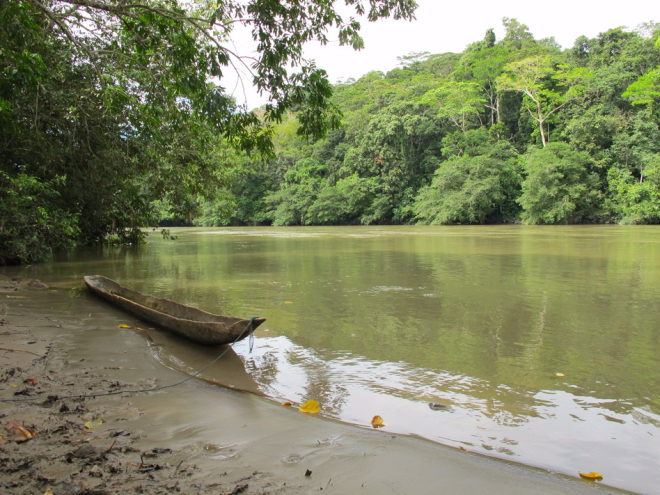amaZOOnico, Animal Rescue Centre

In amaZOOnico, I had one of my first direct contacts with human-wildlife conflicts. The Ministry of the Environment transports animals confiscated from people who have kept them as pets or intended to sell or trade them on the black market. The priority was to reintroduce these animals. Therefore, when the animals arrived in good physical and psychological condition I assessed the different stages that the species treated have to go through in the Centre. In order to cure the wildlife animals who are injured or disadvantaged, recover them clinically and get them back to nature, Selva Viva, with sufficient guarantees to survive.
However, some animals arrived suffering from multiple physical and behavioural problems which make it impossible for them to live free in the forest. In those sad cases, the Centre provided them with enclosures and I monitored their day-by-day health. Moreover, for a reduced number of tourists, these animal were a clear example of the miserable and sometimes unknown consequences of human-wildlife conflicts.
amaZOOnico is located in the Ecuadorian Amazon rainforest. The aim of the Centre is rehabilitate, reintroduce, and care for animals who are victims of illegal trafficking. On the other hand, the Centre engages with the local Quichua community (Runa Huasi Community) creating alternative job opportunities and helping with the prevention of shooting, cutting down the forest and illegal gold-washing. Moreover, the Centre has a collaboration with the elementary school Sacha Yachana Huasi Christina, teaching local children about the treasure of the habitat they are living in.
amaZOOnico and the local Quichua community work together to preserve the protected forest.

SELVA VIVA
It is a protected forest that allow the Centre to reintroduce the animals back to the wild life. A Swiss cooperative bought more than 1700 hectares of primary and secondary rainforest. In this forest hunting and logging are banned. In order to preserve Selva Viva, the Centre collaborate with the Quichua community for a sustainable and reasonable resource management.

Chorongo Alpa
I had the great opportunity to be in one of the reintroduction sites, “The Land of the Woolly Monkey”, which is found deeply within the territory of Selva Viva. At this place, I carried out the last phases of the rehabilitation and reintroduction of the Brown Woolly Monkey (Lagothrix lagotricha) to the forests from which they had disappeared. It was a process that require constant work and supervision, but at the end it was highly rewarded.






